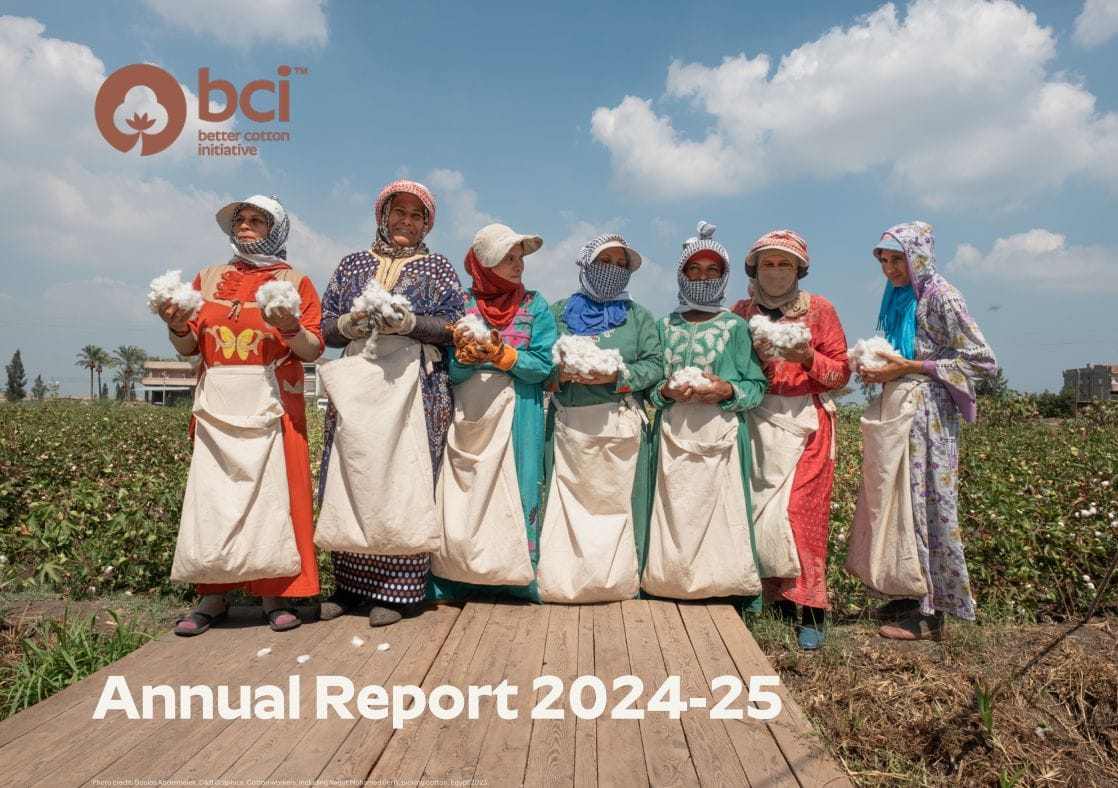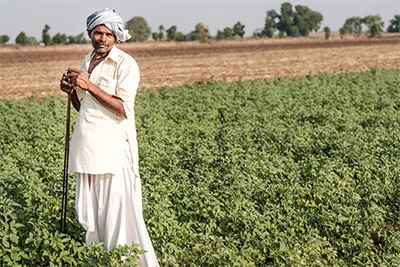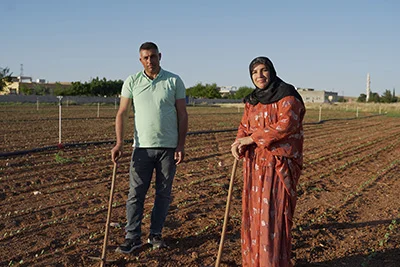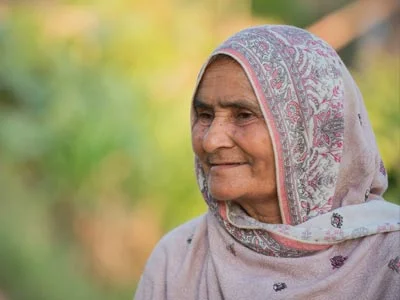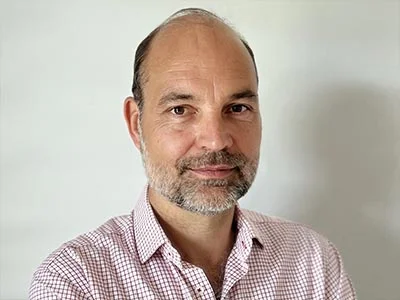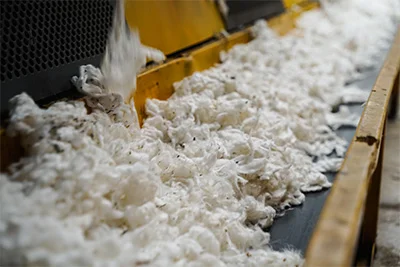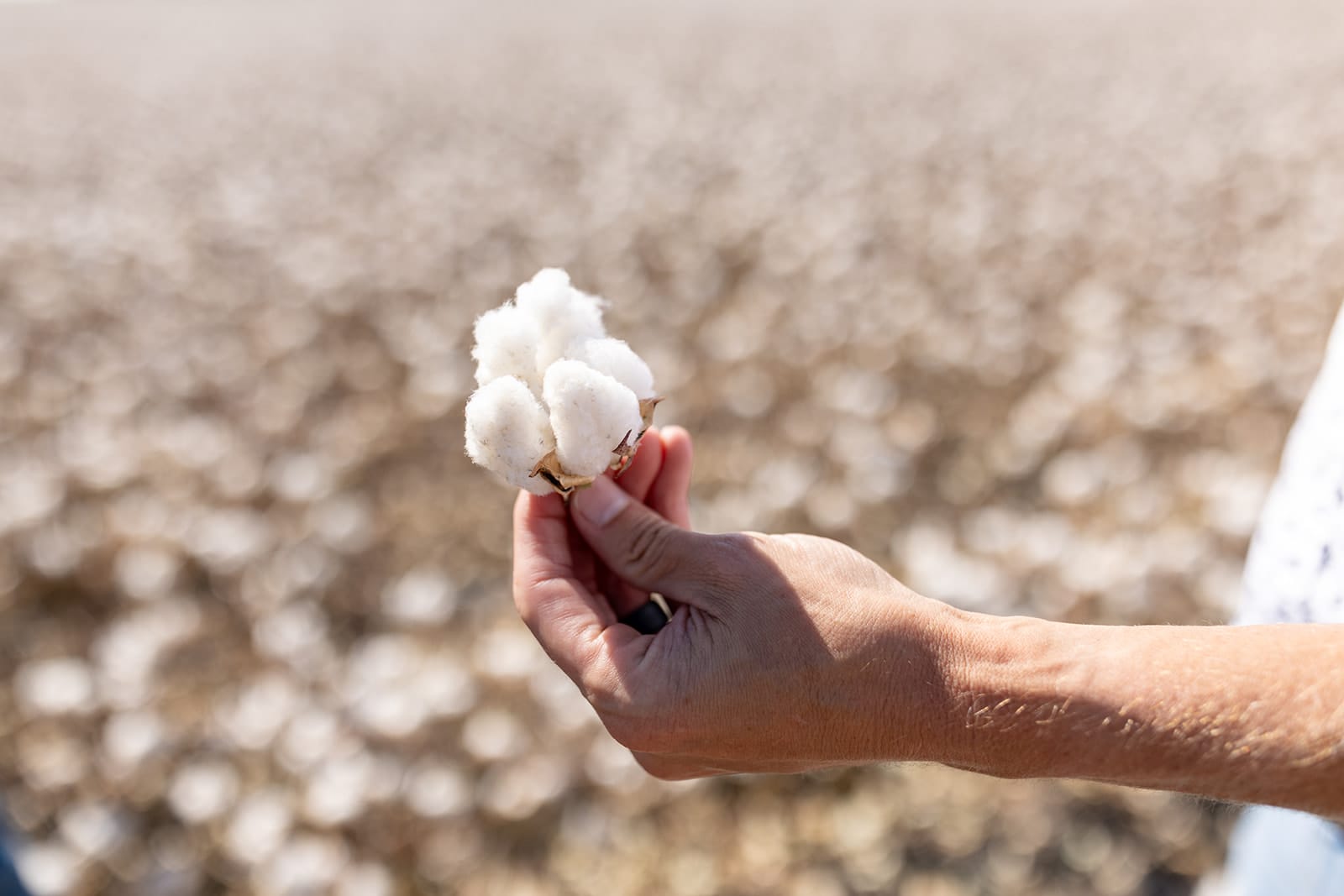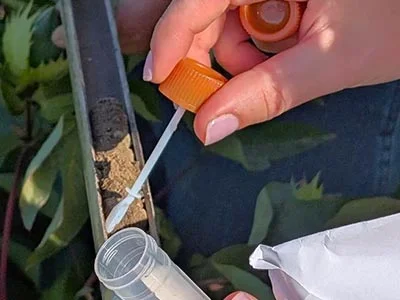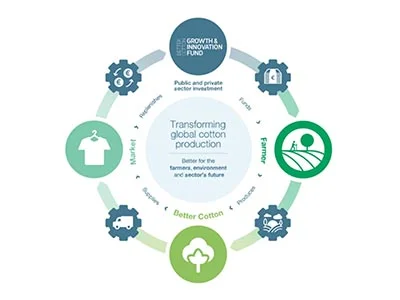BCI entered its ”mainstreaming” phase on 1 January 2016 with the launch of a new funding mechanism for farmer capacity building, the BCI Growth and Innovation Fund (GIF). With funding from the GIF, BCI aims to reach 5 million farmers and account for 30% of global cotton production by 2020. This year, BCI will make adjustments to our strategy in order to facilitate progress toward our 2020 goals, and transform the future of cotton.
Among these adjustments is a review of both our current member value proposition and the Volume-based Fee (VBF) applied since 2013 to Better Cotton sourced by our retailer and brand members. The review process will ensure that BCI and its fee structures support our ambitious scale up throughout the mainstreaming phase. The VBF in particular will be used to capitalise the GIF, while institutional donors and government agencies will be invited to match fees contributed by the private sector in order to achieve a multiplier effect.
Upon receiving feedback from members regarding the complexity of BCI fee structures, we are working with an external consultant to dramatically simplify them. At the same time, we will continue to be an attractive sustainability initiative for all sector players from producer organisations to retailers and brands. We look forward to communicating BCI’s new fee structures in a simple, clear and consistent manner – making them an easy sell within your business. The revised proposals will be presented to the BCI Council for approval in June.
Ultimately, a membership fee and VBF model, which is easy to understand and based on a clear value proposition, will incentivise procurement, enabling the GIF to invest in farmer training and successfully address the most pressing sustainability issues in cotton farming, including pesticide use, water efficiency and severe working conditions such as child labour, gender issues and unfair pay. Positive changes in the field overall will help BCI achieve its mission of making cotton production better for the people who grow it, better for the environment it grows in and better for the future of the sector as a whole.

